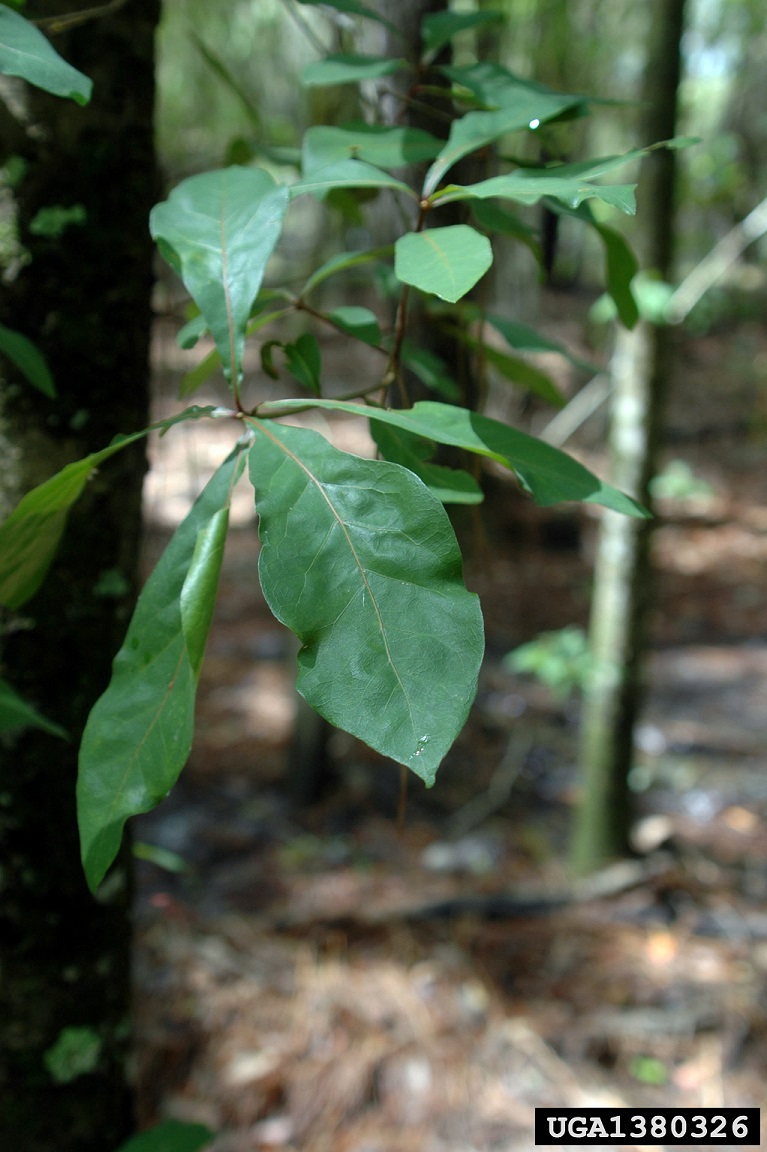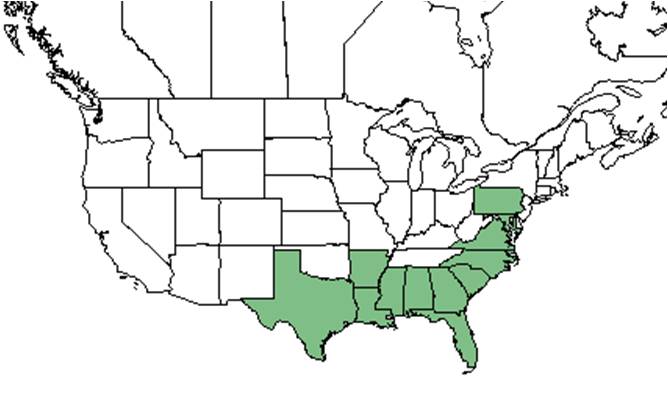Difference between revisions of "Quercus laurifolia"
(→Ecology) |
|||
| Line 50: | Line 50: | ||
<!--===Diseases and parasites===--> | <!--===Diseases and parasites===--> | ||
| − | ==Conservation and | + | ==Conservation, cultivation, and restoration== |
| − | == | + | |
| + | ==Cultural use== | ||
==Photo Gallery== | ==Photo Gallery== | ||
<gallery widths=180px> | <gallery widths=180px> | ||
</gallery> | </gallery> | ||
==References and notes== | ==References and notes== | ||
Revision as of 19:17, 8 June 2021
| Quercus laurifolia | |
|---|---|

| |
| Photo by Chris Evans, University of Illinois, Bugwood.org | |
| Scientific classification | |
| Kingdom: | Plantae |
| Division: | Magnoliophyta - Flowering plants |
| Class: | Magnoliopsida – Dicotyledons |
| Order: | Fagales |
| Family: | Fagaceae |
| Genus: | Quercus |
| Species: | Q. laurifolia |
| Binomial name | |
| Quercus laurifolia Michx. | |

| |
| Natural range of Quercus laurifolia from USDA NRCS Plants Database. | |
Common names: Laurel oak, Swamp laurel oak, Diamond oak
Contents
Taxonomic notes
Synonym: Quercus obtusa (Willdenow) Ashe
Description
A description of Quercus laurifolia is provided in The Flora of North America.
Distribution
Ecology
Habitat
Q. laurifolia has been found in longleaf pine-turkey oak sand ridge, sand pine scrub, salt marsh shorelines, and scrub oak.[1] Associated species: Q. geminata, Q. chapmanii, and Q. myrtifolia.[1]
Phenology
Q. laurifolia has been observed to flower from March to May, and in August and September.[2]
Seed dispersal
This species is thought to be dispersed by gravity.[3]
Pollination
The following Hymenoptera families and species were observed visiting flowers of Quercus laurifolia at Archbold Biological Station:[4]
Apidae: Apis mellifera
Colletidae: Colletes brimleyi
Use by animals
Bark was mixed with other oak species bark by the Choctaw to create dyes and paints.[5]
Conservation, cultivation, and restoration
Cultural use
Photo Gallery
References and notes
- ↑ 1.0 1.1 Florida State University Herbarium Database. URL: http://herbarium.bio.fsu.edu. Last accessed: June 2021. Collectors: Robert K. Godfrey and Robert Kral. States and counties: Florida: Citrus and Levy.
- ↑ Nelson, G. PanFlora: Plant data for the eastern United States with emphasis on the Southeastern Coastal Plains, Florida, and the Florida Panhandle. www.gilnelson.com/PanFlora/ Accessed: 13 DEC 2016
- ↑ Kirkman, L. Katherine. Unpublished database of seed dispersal mode of plants found in Coastal Plain longleaf pine-grasslands of the Jones Ecological Research Center, Georgia.
- ↑ Deyrup, M.A. and N.D. 2015. Database of observations of Hymenoptera visitations to flowers of plants on Archbold Biological Station, Florida, USA.
- ↑ Austin D. 2004 Oaks Discovering Florida's Ethnobotany with Dr. Dan Austin Palmetto 22(4):12-17